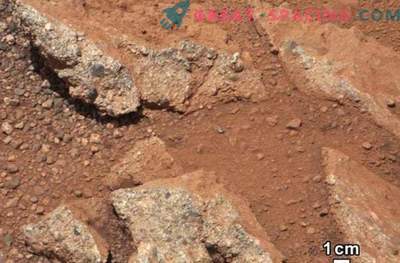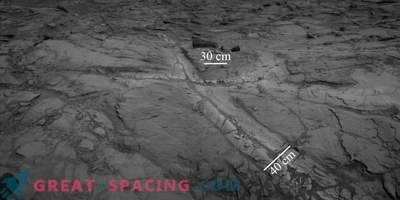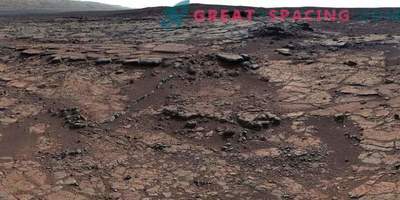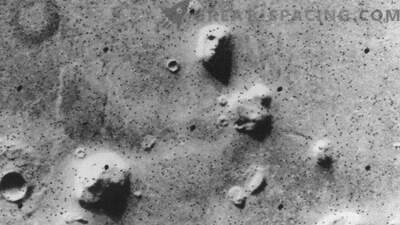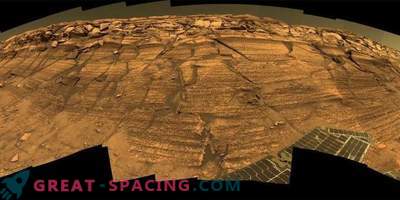
Moving long-distance pebbles and mountains growing out of lake sediments — this was Mars a few billion years ago, based on the numerous evidence provided for the formation of the landscape through liquid water.
Despite the fact that it is difficult to imagine, looking at the pictures of dust, rushing today on the Martian surface, NASA's Curiosity rover collected a lot of information showing that the rocks were formed under the influence of liquid water. Here are some of his main findings.
This is a self-portrait of NASA's Curiosity rover as a vehicle on “Big Sky”, where he recently took five samples on Mount Sharp.

The pebbles that moved across Mars may have covered a distance of about 30 miles. The research team that came to this figure was based on their work on how stones are formed - they have a model that predicts the change of stones after they have separated from other objects - and erosion observation tests in the laboratory of Puerto Rico and New Mexico .
Images of the rounded pebbles from the Curiosity rover provide evidence that they were formed and turned into water in ancient times on Mars — imagine the rocks carved by streams of noisy rivers flowing down the slopes of the Gale crater, and you're right.
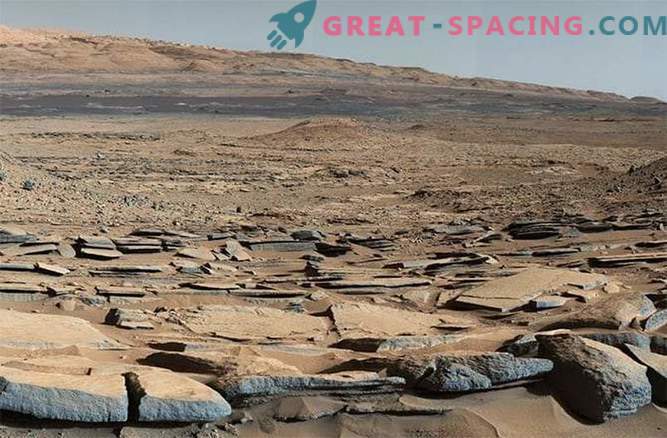
This picture of the Kimberley region shows layers (layers of rocks) that are located below the base of Mount Sharp, informally named by NASA as Aeolis Mons. It shows that water flowed into the lake from about 3, 3 to 3, 8 billion years ago before the mountain was formed. Although the sky looks blue on this image, don't believe it; Lab engineers edited the image so that it looks like colors on Earth. This helps geologists make comparisons between our planet and the Red Planet.
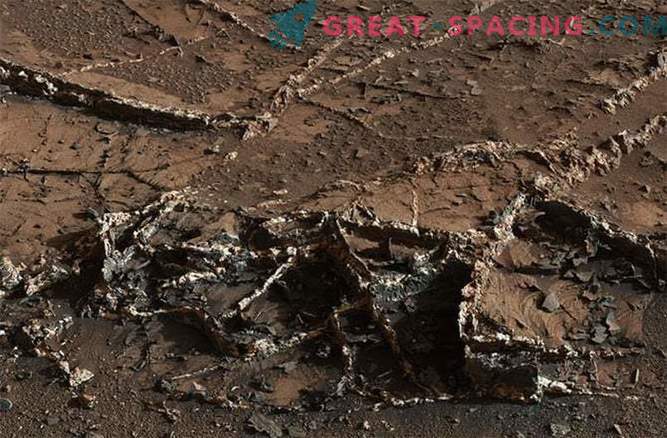
These veins are the remnants of liquids that the minerals brought with them. These minerals fell into the cracks of the rocks, which were already broken from each other and changed the chemistry of the rock itself. The veins are so resistant to erosion that they are very visible on Mars today, up to 6 cm (2, 5 inches) across the rock, which was soft.
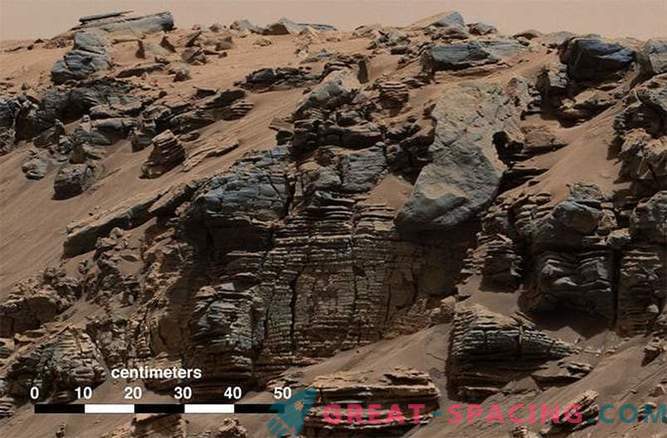
Mount Sharp has grown across the river of precipitation, according to data from the Curiosity Mars Rover - indicating that water could have been stored on the Red Planet for a long time. NASA describes these stones as typical, which can be found among river sediments; they use words such as “thick-platelet” and “evenly stratified”. Geologists, looking at these formations on the edge of the “Hidden Valley”, believe that these are remnants of sediments that have fallen to the bottom of a lake nearby brought by a current of a water river. The colors have been corrected to display something like this, as seen on Earth, to improve the comparisons.
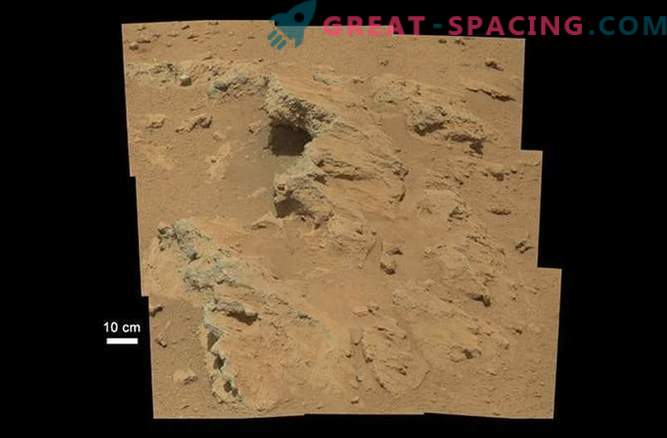
Within a few weeks of landing in August 2012, Curiosity came across a large find: a dry river bed, showing that water was flowing not far from the place where the rover landed in Gale Crater. Evidence of this water is seen in several places, including “Hottah”. Looking at the size of the stones, and seeing that they were rounded, the scientists concluded that the water moved about three feet per second, and the depth was somewhere between the ankle and the thigh.

